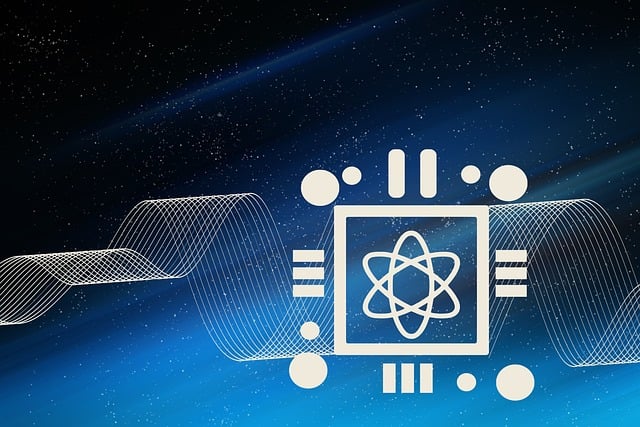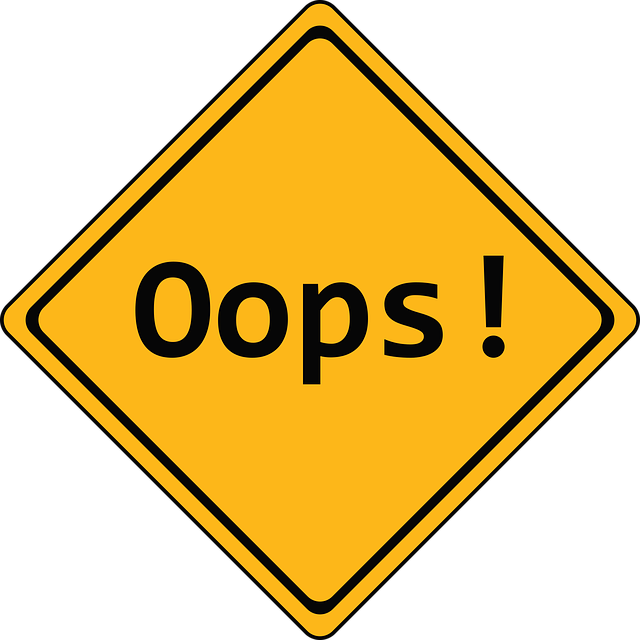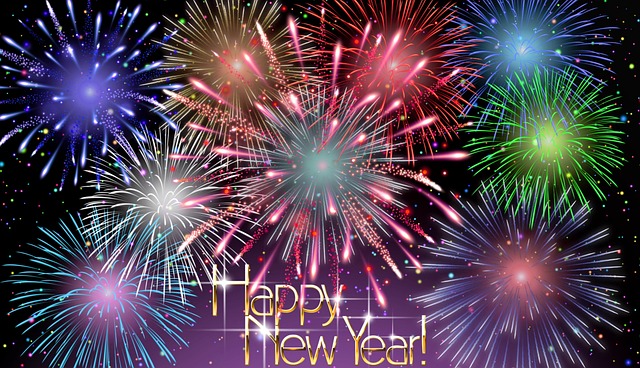Dispute resolution checks, comprising thorough evaluations of jurisdiction, eligibility, and procedural adherence, are vital for ensuring fairness and legal validity in conflict resolution. These checks involve transparent communication about disputes, desired outcomes, and relevant laws, enabling early issue identification. Effective steps include identifying disagreements, conducting assessments, selecting appropriate methods (mediation, arbitration), negotiating strategically, and reaching mutually agreeable settlements. Clear, respectful communication prevents misunderstandings and escalations, fostering collaboration for durable outcomes. Pitfalls like improper process understanding and communication necessitate informed selection of tailored mechanisms and regular updates with legal representatives to avoid complications.
Navigating the dispute resolution process can be complex, but understanding the steps and best practices can transform a challenging situation into a successful outcome. This article guides you through essential aspects of dispute resolution, including what to expect from dispute resolution checks. We’ll break down the process step-by-step, emphasize the power of effective communication, and highlight common mistakes to avoid. By the end, you’ll be equipped with the knowledge to confidently navigate future disputes.
- Understanding Dispute Resolution Checks: What They Entail
- The Steps Involved in the Dispute Resolution Process
- Effective Communication: A Cornerstone of Successful Disputes
- Common Mistakes to Avoid During Dispute Resolution
Understanding Dispute Resolution Checks: What They Entail

Dispute resolution checks are crucial steps in ensuring a fair and effective process for resolving conflicts. These checks involve careful evaluation at various stages to ensure the integrity of the dispute resolution method chosen. It entails assessing factors like jurisdiction, eligibility, and procedural compliance to verify that the process is appropriate and legally sound.
When undergoing dispute resolution checks, parties involved must provide essential information regarding the nature of their disagreement, the desired outcome, and any applicable laws or regulations. This transparency facilitates a thorough examination, helping to identify potential issues early on. By completing these checks rigorously, individuals can navigate the dispute resolution process with confidence, knowing that all necessary precautions have been taken to achieve a just and binding agreement.
The Steps Involved in the Dispute Resolution Process

Navigating the dispute resolution process involves several key steps designed to efficiently address and resolve conflicts. Initially, both parties involved need to identify and acknowledge the existence of a disagreement or claim. This often requires open communication and a willingness to engage in dialogue. Once a dispute is formally recognized, it’s crucial to conduct a thorough assessment, gathering all relevant information and documents that support each party’s position.
The next step involves selecting an appropriate dispute resolution method, such as mediation, arbitration, or litigation. Each option offers distinct advantages and considerations, influencing the outcome and efficiency of the process. After choosing a method, the parties engage in negotiations or present their cases before a neutral third party. This stage demands strategic planning, effective argumentation, and a commitment to finding a mutually agreeable solution. Successful resolution often leads to a settlement agreement that outlines the terms for resolving the dispute and preventing future conflicts.
Effective Communication: A Cornerstone of Successful Disputes

Effective communication is a cornerstone of successful dispute resolution, acting as a vital check against misunderstandings and escalating conflicts. When parties involved in a dispute engage in open, clear, and respectful dialogue, they create a foundation for mutual understanding that’s essential for finding common ground and reaching agreeable solutions. This process involves actively listening to each other’s perspectives, asking clarifying questions, and expressing thoughts and feelings constructively, ensuring everyone is on the same page.
Moreover, effective communication during dispute resolution checks helps identify underlying issues that might be driving the conflict. By articulate and honest exchange, parties can uncover hidden concerns or misinterpretations, allowing them to address these root causes directly. This proactive approach fosters an environment of collaboration rather than confrontation, ultimately leading to more durable and mutually beneficial outcomes.
Common Mistakes to Avoid During Dispute Resolution

When engaging in dispute resolution, there are several common mistakes that individuals and organizations often make. One of the most significant blunders is failing to understand the process. Dispute resolution isn’t a one-size-fits-all approach; it varies based on the nature and complexity of the dispute. Before diving into negotiations or arbitration, thoroughly research and select the appropriate mechanism, such as mediation, adjudication, or litigation. This ensures that you’re using the right tools to address your specific issue effectively.
Another mistake to avoid is improper communication. Miscommunication can lead to misunderstandings, damaged relationships, and even legal complications. Always ensure clear and transparent communication with all parties involved. Regularly check in with your legal representatives and keep them updated on relevant information. Moreover, maintain a respectful and professional tone throughout the process, as it fosters an environment conducive to productive discussions and mutually agreeable solutions.






